Blue
Funnel Line - T.S.S. Nestor & Ulysses of 1913
Please Note: All ssMaritime and other related maritime
sites are 100% non-commercial and privately owned, thus ssmaritime is NOT
associated with any shipping company or any other organisation! Although the
author has worked and been involved in the passenger shipping industry for well
over 60 years, but due to his old age and poor health, he was forced to retire.
Yet, he has completed well over 1,365 Classic Liners, Passenger-Cargo Liners as
well as humble converted C3 converted Migrant Liners, which has transported
countless thousands folk to the new world, as well on vacations’. I trust
the features online will continue to provide Classic Liner and Ship enthusiasts
both the information they are seeking, but more so provide a great deal of
pleasure and relive many happy memories!
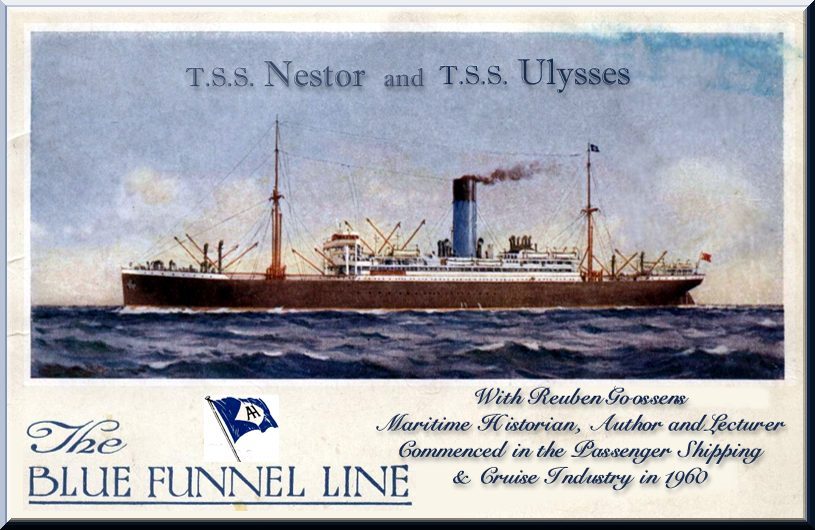
Please Note: Postcards, photographs & other images are either from the author’s private collection.
A special thanks
to the ssmaritime supporters for sending their most welcome Photos & images
And a special
I am sorry but some of the interior images shown below are not of the highest quality, but they are the best available

Introduction to the
Company:
In 1852, at only
23, he had the confidence to set himself up in
Alfred certainly proved his remarkable talent
as a marine engineer and as a result, in 1852 he became the manager and
engineer of the steamer “Dumbarton Youth” which was a ship jointly
owned by his father and a Thomas Ainsworth, who he would soon go into business
with.
The “Dumbarton Youth” became the very first ship ever to be given a blue
funnel and, as a result of the profits made from her voyage,
But considering
she had been obtained by the French at such a low “outrageous rate”
it did cause
However, considering the ever increasing and
massive competition from established companies, they pulled out of
the West Indies service and in 1864 they commenced operations to
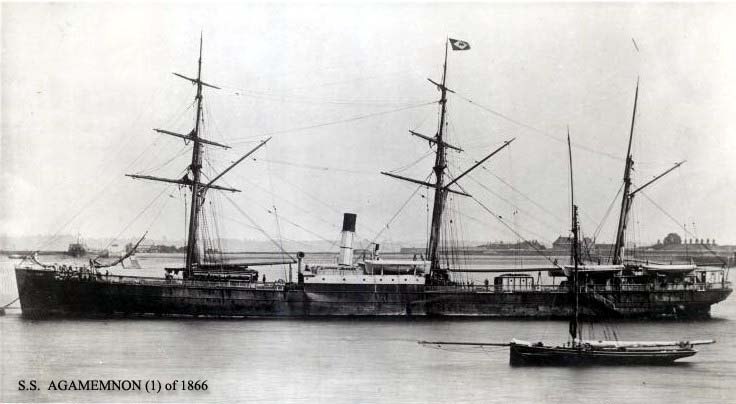
S.S. Agamemnon (1)
In 1891, a Dutch subsidiary company, the “
The
last major passenger-cargo liner the 8,262 GRT (Gross registered tons) M.S. Centaur made her maiden voyage on January 20, 1964, and operated a popular
service between Fremantle (
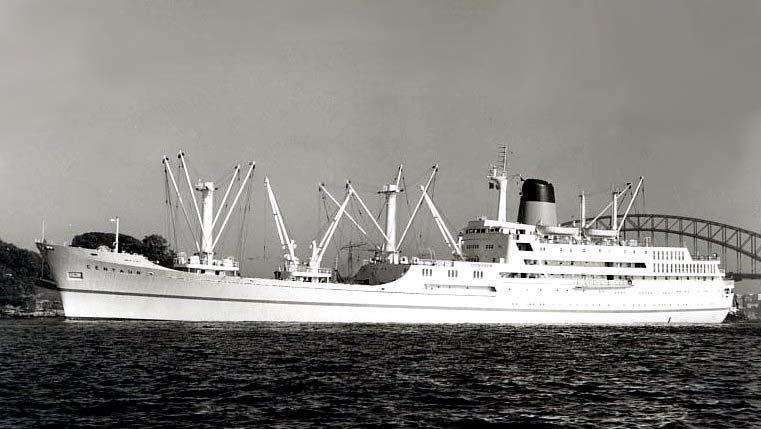
The delightful and
much loved M.S. Centaur
*********************
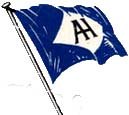
Introduction to the two
featured Ships:
These two fine ships, the “Nestor”
and “Ulysses” were built at a cost of £248,250 UK Pounds each, to
be placed on the
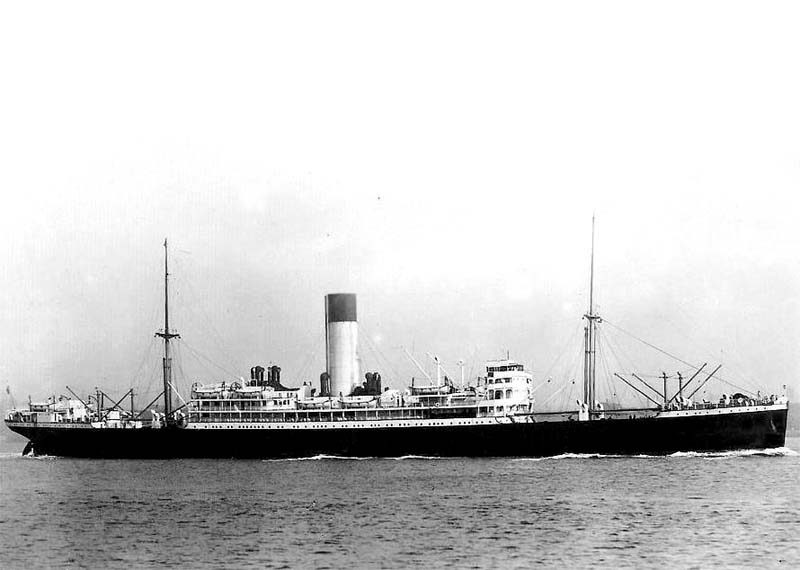
An excellent
photograph of the T.S.S. Nestor in her early days sailing to

The T.S.S. Ulysses
is also seen as built in 1913
Their engines were Two Triple Expansion Turbine Engines producing 7,750 HP and with their Twin-Screws they were capable of speeds up to 13.5 knots. Their length was 563.2 ft, with a breadth of 68 ft, and a depth of 40.2 ft. Also both ships were fitted with radio direction-finding equipment.
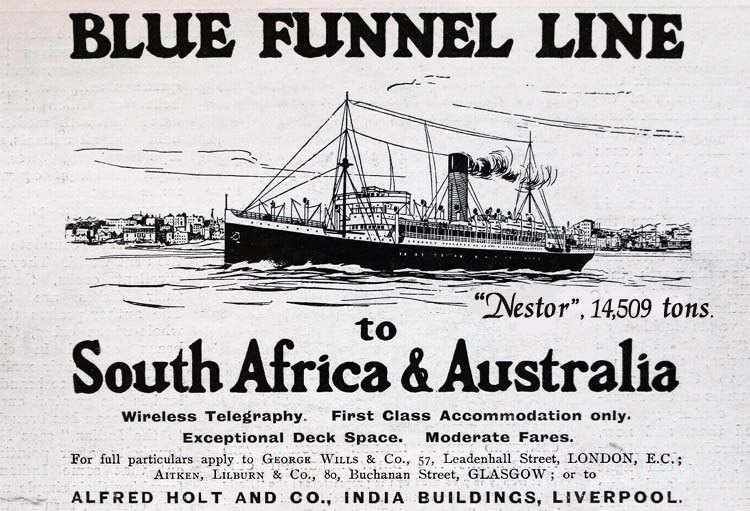
An early advertisement promoting the T.S.S. Nestor
Mini-Photo Album:
Below I only have some images being a sample of accommodations onboard both ships. Some images are sadly not of a great quality, but they are mostly from 1913, and several from a later date.
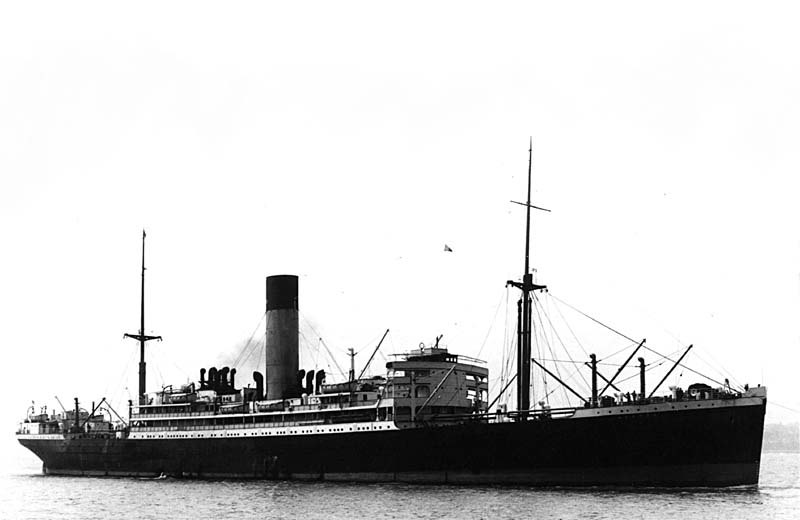
The T.S.S. Nestor seen later in her career after her passenger numbers had been lowered as there are now
only 10 lifeboats, for aft of Boat Deck there is just one, the that was
directly aft it having been removed
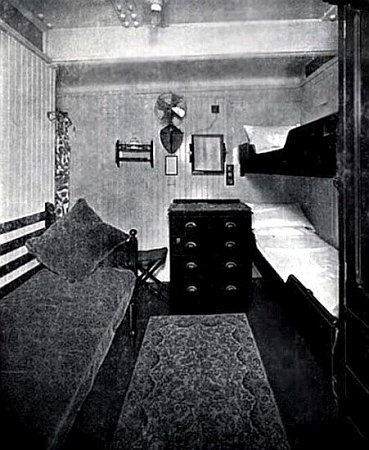
An outside two
berth cabin with a sofa
The Cabin images
were kindly provided by
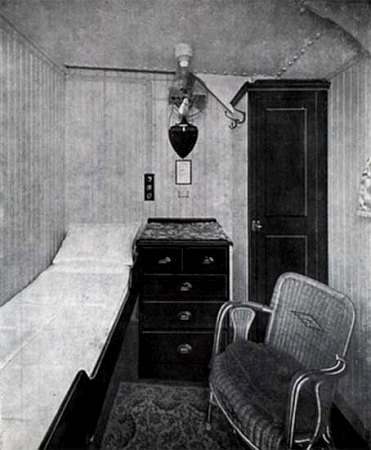
An outside single
bed cabin with a comfy cane chair
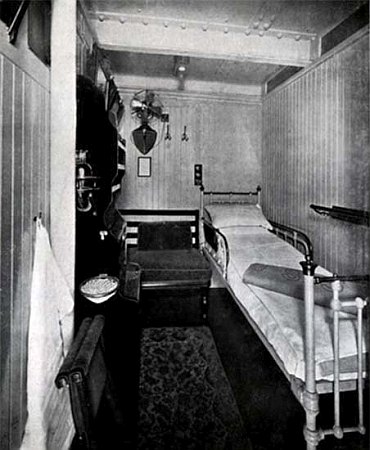
An Inside single
‘cot’ style bed cabin

The Deluxe
Georgian style outside Stateroom on the “Ulysses”
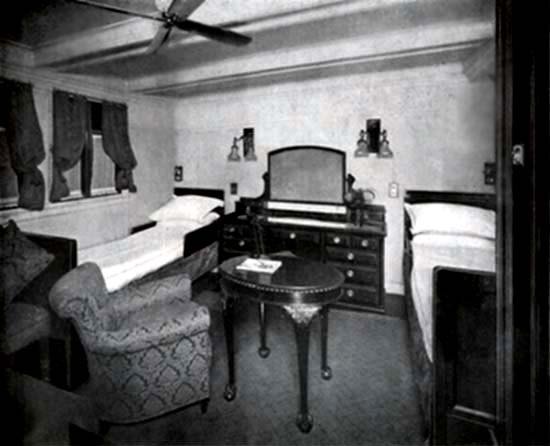
A Deluxe outside
Stateroom on the “Nestor”
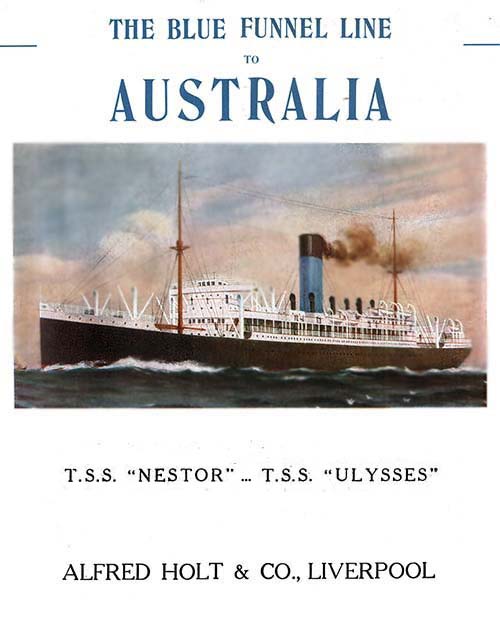
A promotional
poster on the two ships
Please Note: You will note that this feature on these two fine “Blue Funnel Line” Passenger-Cargo Liners is in Two Main Parts as I cover these ships undependably, even though they are identical sisters. However, they had very different experiences during their days at sea, thus I will cover them in order of their launch and delivery dates, and the T.S.S. Nestor was the first of the pair. Enjoy!
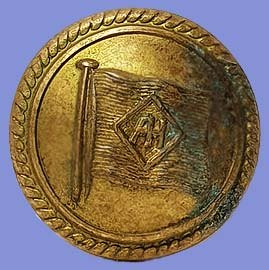
Officer’s
button’s had the ![]() logo on them
logo on them
*********************
T.S.S. Nestor III
T.S.S. Nestor - 1913 to
1950:
The 14,629 GRT Passenger-Cargo Liner being the third ship to be named the T.S.S. Nestor, certainly had a long and a profitable life. As built she accommodated 350 passengers in an all First Class configuration.
Built by “Workman, Clark &
Co”,
Having been delivered to (O.S.S.C.) at
Liverpool, after a successful speed trial; she departed on her maiden voyage on
May 13, 1913 sailing from Liverpool via
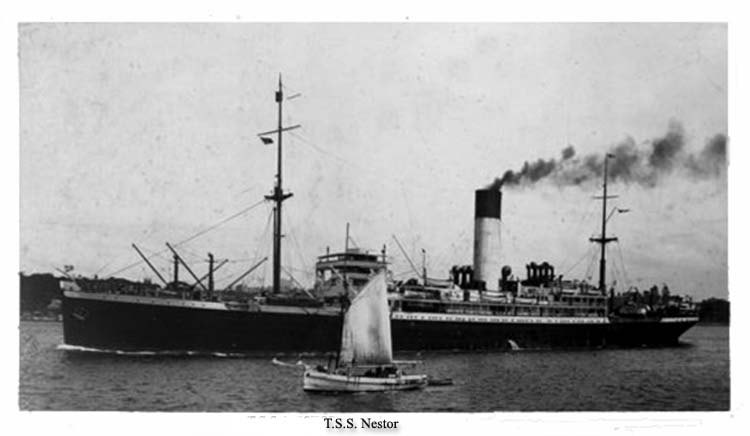
A postcard of the T.S.S. Nestor sailing up the
She continued her scheduled voyages to
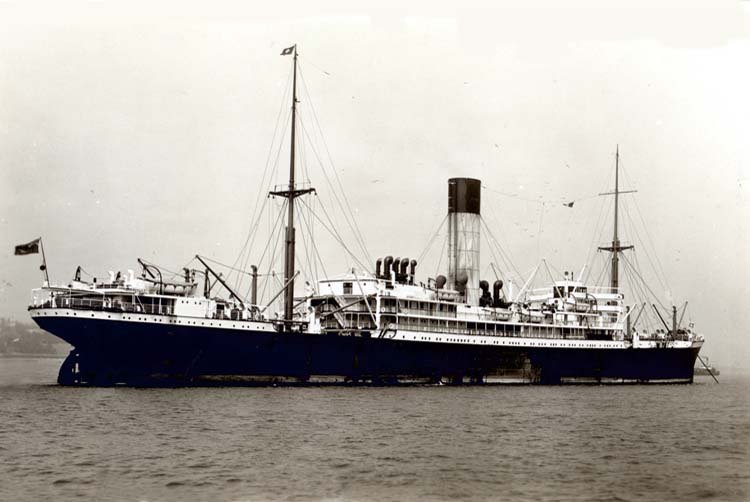
A fine stern view
of the “Nestor”, again seen in
Thank you “State Library of New South Wales”
World War One:
T.S.S. Nestor
was officially requisitioned by the Australian Government to operate as a
troopship from October 11, 1915 through until February 28, 1918. She operated A.I.F.,
and other military services voyages, as well as some for the British Army. For
A List of H.M.A.T. Nestor
A71 Departures:
This is just a partial list of her departures.
On October 11, 1915 a Convoy of 13 vessels
departed
Then on April 9, 1916 a Convoy of 19 ships
departed
On October 2, 1916 a Convoy of 25 ships
departed
Then on April 5, 1917 a Convoy of 30 vessels
departed
On November 21, 1917 a Convoy of 35 ships
departed
Then on February 28, 1918, in a Convoy of 37
vessels she departed
H.M.A.T. Nestor A71- WWI
Photo Album:
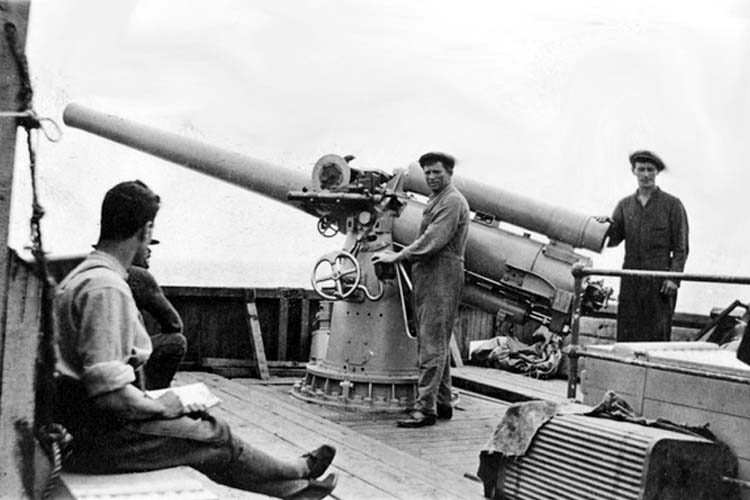
Here we see an
anti-submarine gun onboard H.M.A.T. Nestor A71
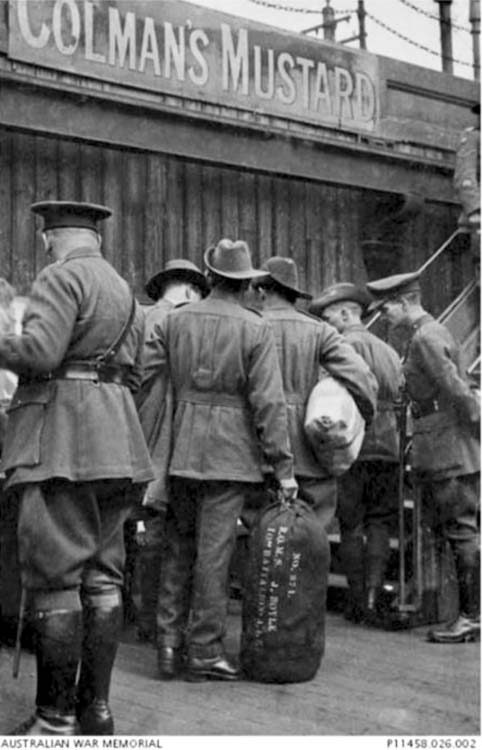
Australian
Officers waiting to board the H.M.A.T. Nestor A71 on April 6, 1915
Grateful thanks to
the “Australian War Memorial” in
All that have been
sourced from them are marked as “Australian War Memorial”
The H.M.A.T.
Nestor A71 is seen in
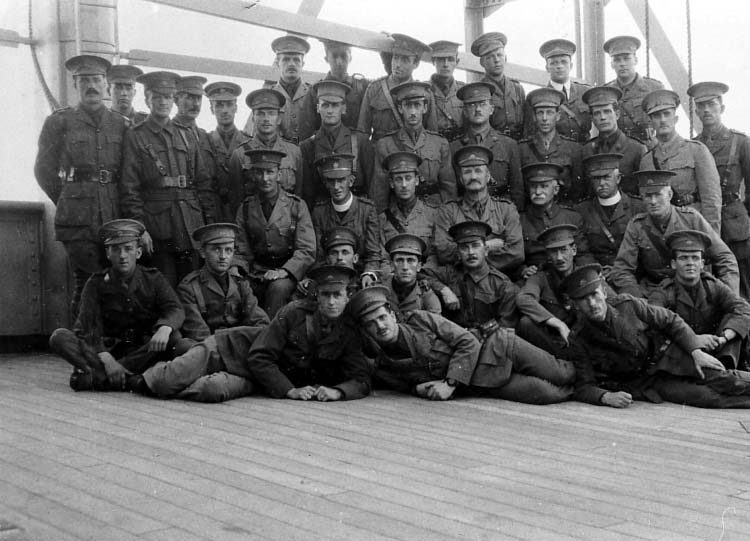
Photograph above: Here we see a group of A.I.F. Officers onboard the H.M.A.T. Nestor
A71 whilst they were on their way to

H.M.A.T. Nestor is
seen departing filled with troops on October 11, 1915
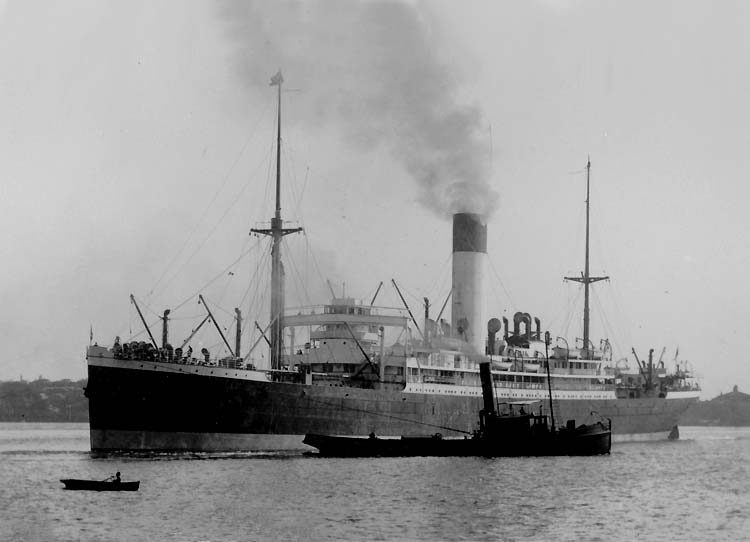
H.M.A.T. Nestor
A71 arrived in
On April 9, 1916 the "Nestor" in a
Convoy 19 vessels departed Sydney with 1,554 AIF personnel, as well as the 2nd
Infantry Battalion 16th Reinforcements, with some Medical Officers and 5
Nurses, all bound on her for Egypt, but would be transferred in Alexandria to
another ship, bound for England.
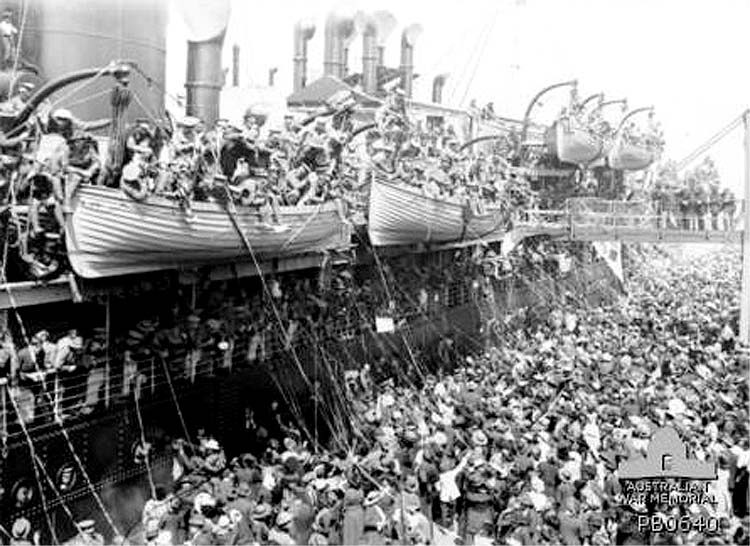
H.M.A.T. Nestor
A71 about to depart
The Sydney departure with the 17th Battalion
onboard (seen above) took them across the Indian Ocean, then through the Suez
Canal arriving at Alexandria in Egypt. There they were transferred to the
She was kept busy, but early in October 1916, she would be in
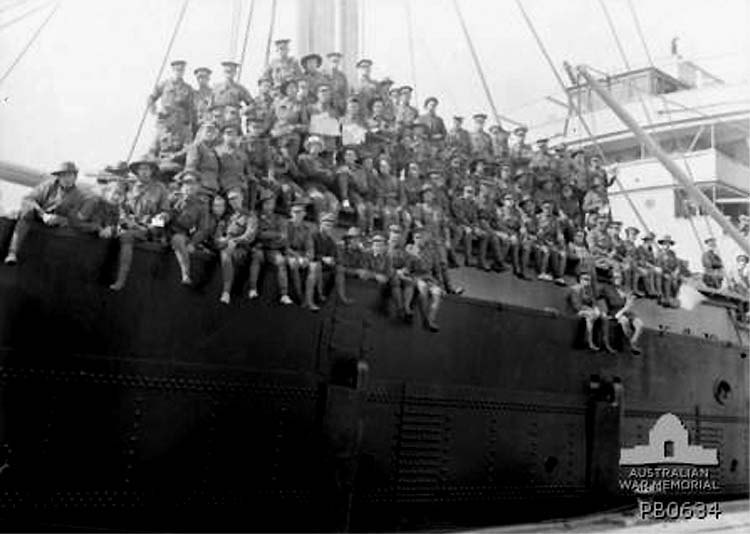
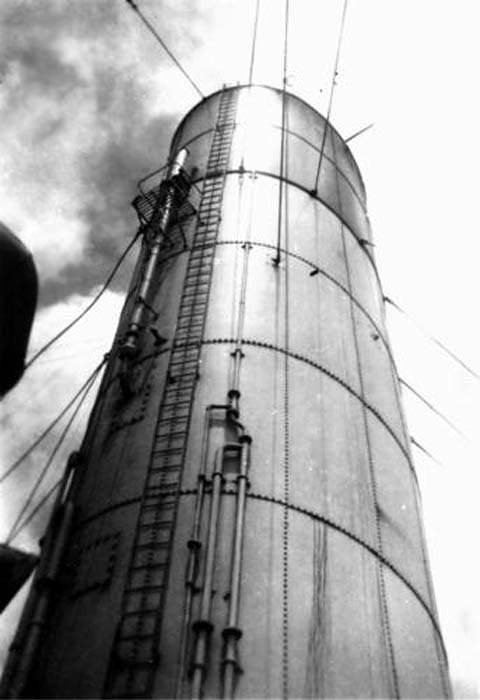
The tall grey
funnel of the “Nestor”
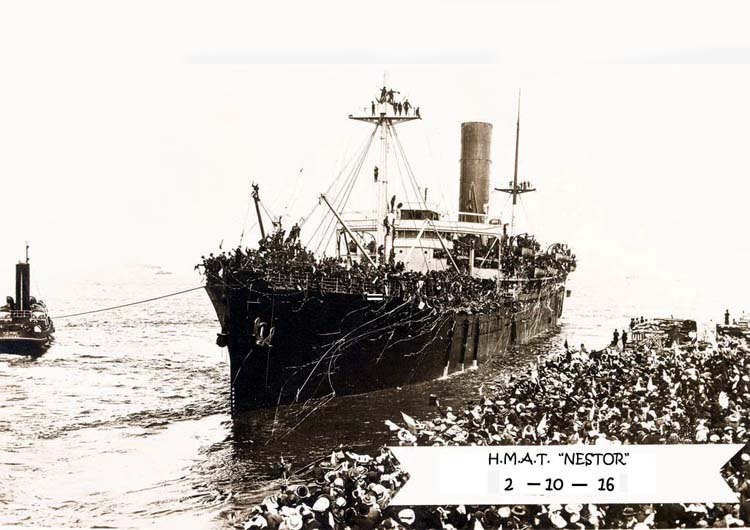
The
“Nestor” is seen departing
Note that her
funnel is now painted grey
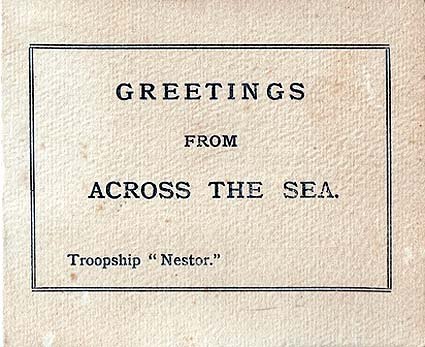
Above &
below: A card sent from the “Nestor” by
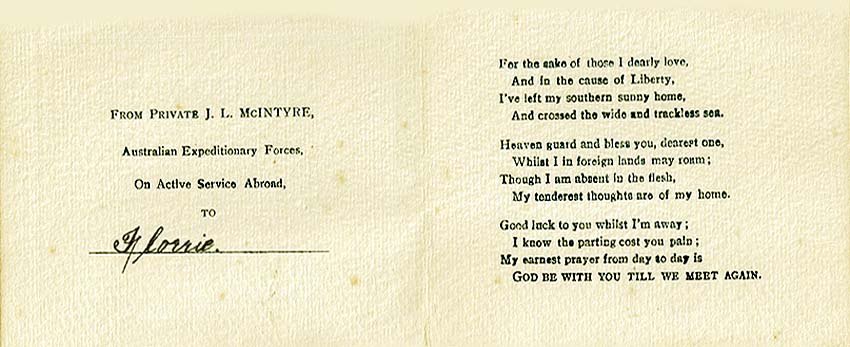
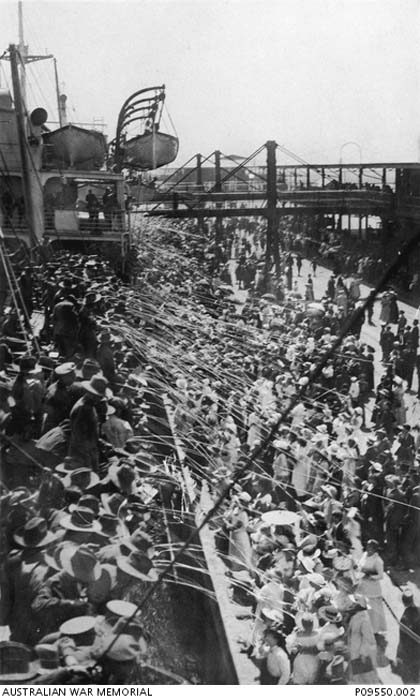
H.M.A.T. Nestor
A71 filled with troops of the 17th Battalion, is about to depart
Back to Civil Duties:
Then in 1926 after a refit her passenger
numbers were reduced to 250, but then in 1935 there was another reduction and
she would now carry just 175 passengers.

A fine stern view
of the T.S.S. Nestor as she departs
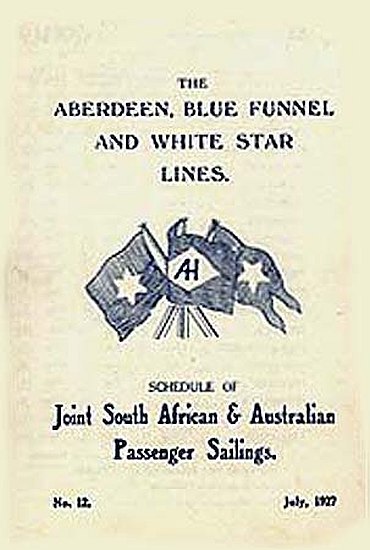
Schedule from June 1927 to March 1928
The schedule above showed she would be sailing from Liverpool and via Tenerife or Las Palmas, Cape Town, Durban, Fremantle, Adelaide, Melbourne, Sydney to Brisbane, and return via the same ports to Liverpool.
In 1936 whilst sailing homeward between
Melbourne and Adelaide she assisted the “Australasian Steam Navigation,
Company” (AUSN) a 3,351 GRT - cargo ship named the S.S. Mungana, which was in trouble as she was drifting and
heading onto rocks near
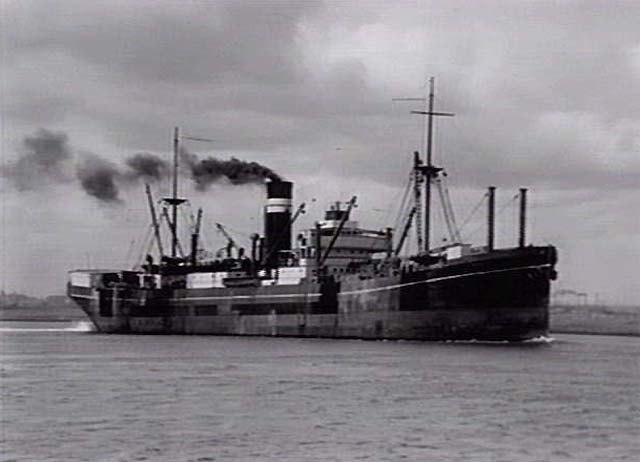
The
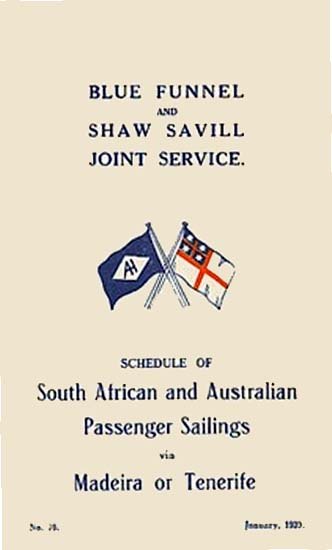
Schedule from June 1939 to March 1940
The “Nestor’s” schedule from
1939 was as follows; from Liverpool via Madeira,
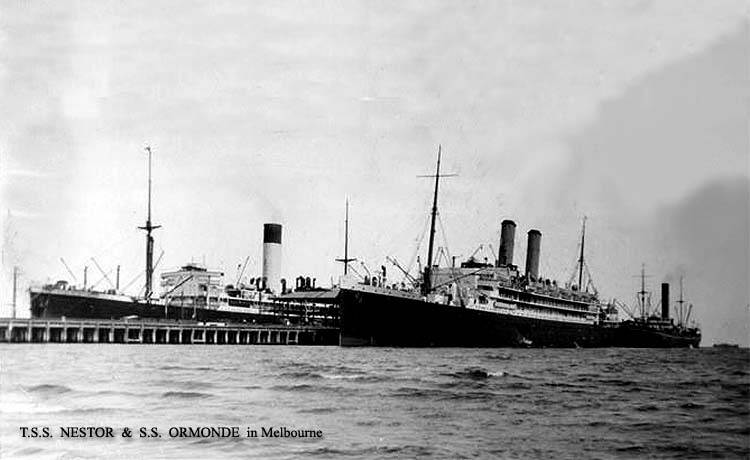
The Nestor is seen
at Station Pier Melbourne together with the
World War Two:
The “Nestor” was again
requisitioned in 1940 for Government service and it was decided to return her passenger
numbers to 250. She departed Liverpool and headed for her regular destination
the city of
Amazingly, there is very little information available on the H.M.A.T. Nestor’s activities during WW2, but what I have is included below.
Late in 1940 the T.S.S. Nestor carried
Australian sailors from
It was on November 8, 1940, a group of
Australian naval marines joined the H.M.A.T. Nestor in
In
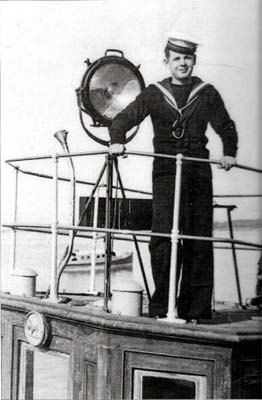
Above & below: This young marine became the highly decorated,
Lieutenant
Commander
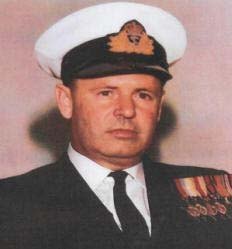
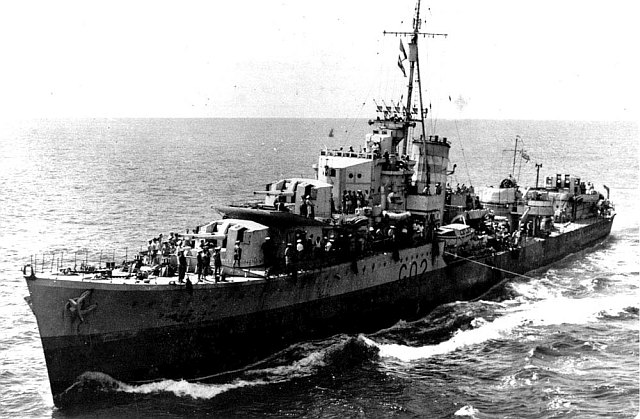
H.M.A.S. Nestor GO2
Sadly the days of the H.M.A.S. Nestor GO2 would be relatively short, for at 1800 hours on June 15, 1942, being with a convoy just off the south west corner of Crete (33°36´N, 24°30´E), the H.M.A.S. Nestor was straddled by a number of heavy bombs that caused serious damage to her No.1 boiler room and killed four of her personnel. She was taken in tow by the H.M.S. Javelin but sadly she continued to take on water, thus at 0530 hours the next morning (June 16) the destroyer went down by the bow, permission was sought to scuttle her. After the crew had been transferred to the “Javelin” she was sunk at 0700 hours after a depth charge was used to get her to the bottom of the sea.
But the H.M.A.T. Nestor operated further troop
transport services from
With the H.M.A.T. Nestor being in Hong Kong,
she departed from Hong Kong and headed for Liverpool, sailing via
Post War:
After the war T.S.S. Nestor resumed her
regular service to Australia, departing from
Interestingly mid 1940’s her voyage
would change, for back in 1913 a round voyage to
Sadly T.S.S. Nestor’s days were rapidly
coming to an end, as the Company had decided to sell her. Thus her final voyage
to
In Conclusion:
After 37 years of excellent service, the T.S.S. Nestor, the ship with the tallest funnel in the world, had completed 68 round voyages to South Africa and Australia, steaming a remarkable 2,111,602 miles.
For interest, her Captains were as follows;
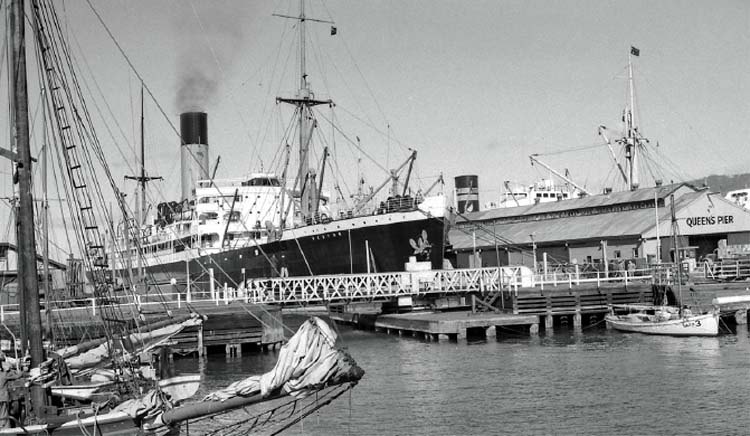
T.S.S. Nestor is
seen in
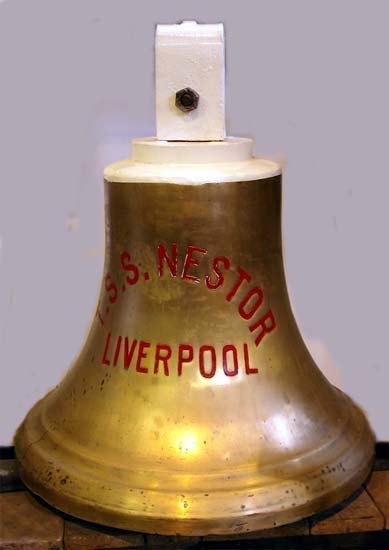
The T.S.S. Nestor
Ships
Name: T.S.S. Nestor.
. H.M.A.T. Nestor A71 - WW1 & WW2.
Type: Passenger-Cargo Ship.
Owner: “Ocean Steam Ship Company, Ltd.”
Managed by: “Blue Funnel Line.”
Registered:
Official Number 135456.
Call Sign GPYX.
Shipbuilder: “Workman
Clark”,
Yard Number 318.
Launched: December 7, 1912.
Maiden Voyage: May 13, 1913.
Tonnage: 14,509 GRT, 9,116 NET.
Length: 563.2 Ft.
Beam: 68.4 Ft.
Depth 40.2 Ft.
Engine Type Triple-expansion Steam Engines, 7,750 IHP (Indicated Horse Power).
Engine Details: Two engines each with
cylinders of bore 26”, 44”, 74" and stroke 51’ - by
Workman Clark.
Propellers: Twin Screw
Speed 13.5 knots, 14 knots maximum.
Passenger Decks: 3
Accommodations: 350 all First Class passengers.
. 1926 - 250 passengers.
. 1935 - 175 passengers.
. 1940 - 250 passengers.
. Crew: 190.
Fate: Sold to
“Metal Industries Limited” arrived at
*********************
Part
Two … T.S.S. Ulysses IV
T.S.S. Ulysses
This is the fourth ship to be named T.S.S. Ulysses and she was identical to her sister the “Nestor”, but the Ulysses was 14,499 GRT. She also featured that one extreamly tall funnel, with two tall masts, and as she was also powered by “Triple-expansion Steam Engines”, with her twin screws she operated at a speed of 13.5 knots. She offered accommodations for 350 First Class passengers and had the same cargo configuration as the “Nestor”.
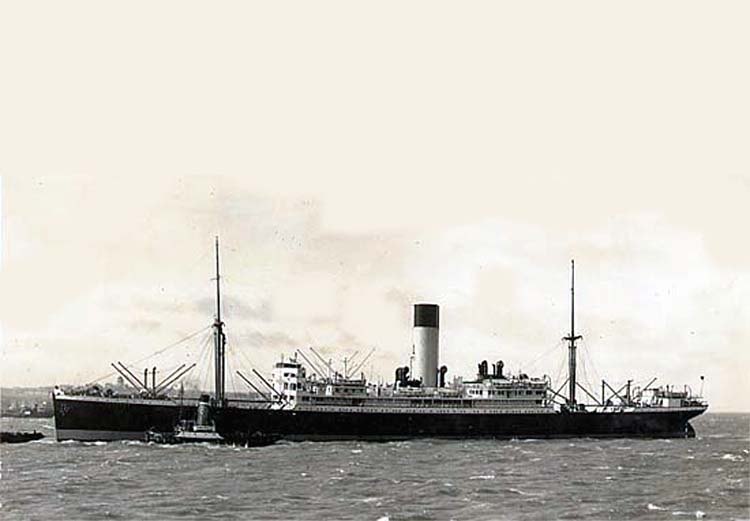
A fine portside view of the T.S.S. Ulysses seen as built
The T.S.S. Ulysses was built in
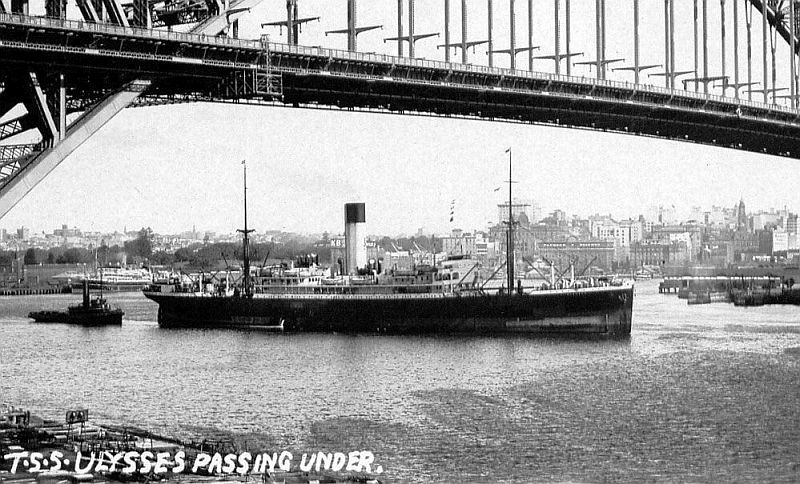
T.S.S. Ulysses is
seen passing under the famous
She continued on her regular service until the “Great War” came around, when she would be taken over by the “Australian Royal Navy” and become a troopship in 1915.
World War One:
During 1914, she made a number of voyages containing high ranking officers and some troops and she was for those voyages the H.M.A.T. Ulysses (A38), although she would become that officially in the next year when she commenced fulltime trooping duties for the Australian Government.

Brigadier General
Sir
Above: On
December 22, 1914 he boarded the “Ulysses” in
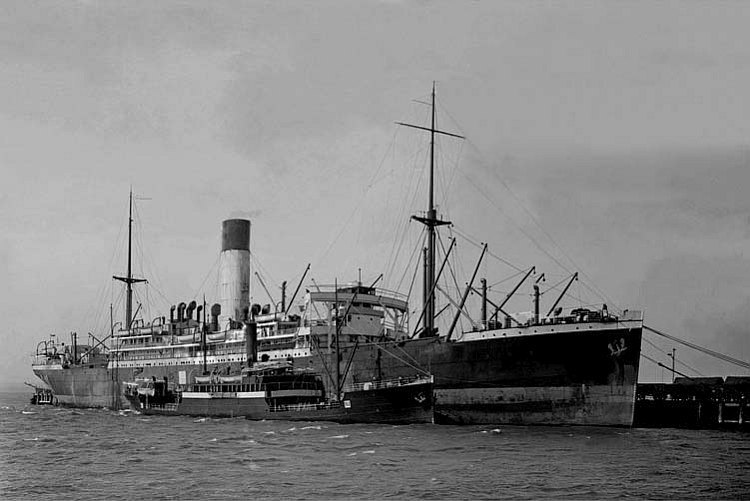
H.M.A.T. Ulysses (A38) is seen receiving modifications for her full time trooping duties on April 16, 1915
In April 1915 the “
Ulysses” was leased by the
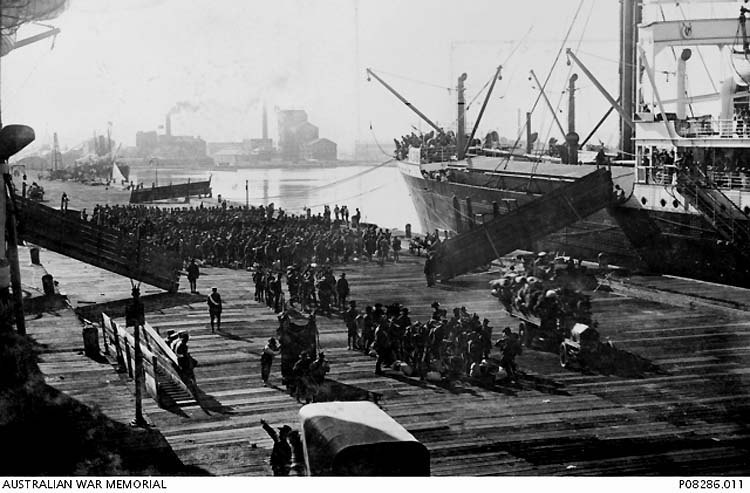
Troops waiting to
embark the H.M.A.T. Ulysses (A38) at the
The photograph was
taken from
As the H.M.A.T. Ulysses (A38) she made a
number of voyages from
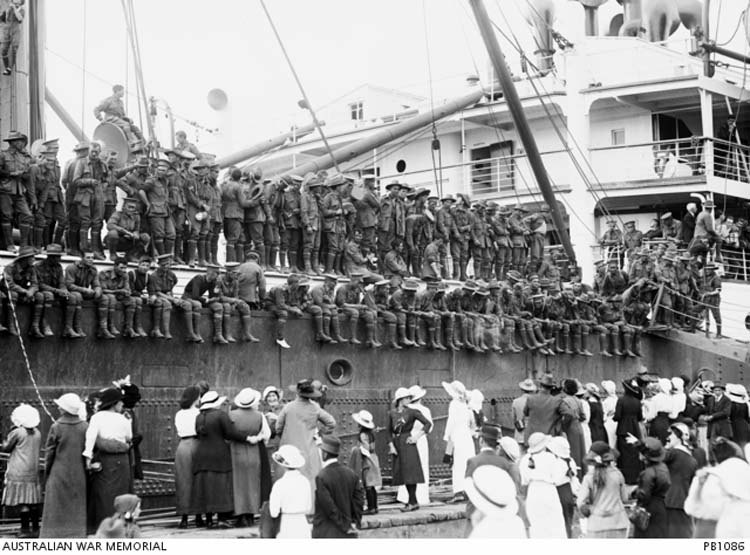
Troops pose aft of
the H.M.A.T. Ulysses (A38) in
Recorded Voyages with Troops onboard:
Mudros to
Port
Lemnos to
Port Said to Fremantle - February 15 - March 11, 1918.
Devonport to Fremantle - January 18 - February
24, 1919.
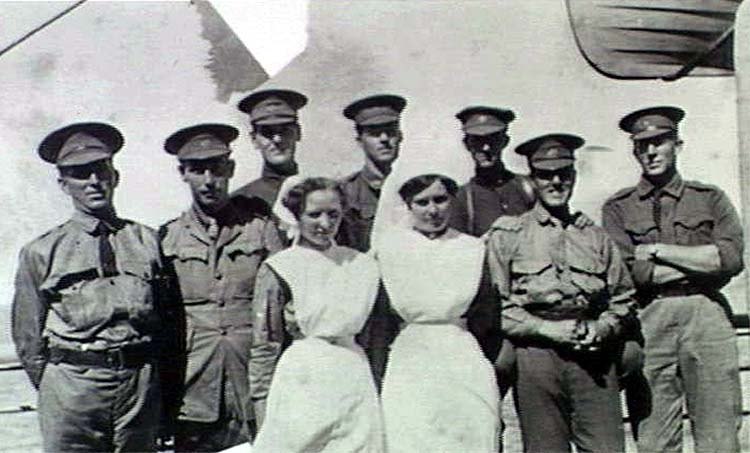
Photograph of
officers and nursing sisters up on the top deck of H.M.A.T. Ulysses (A38) in
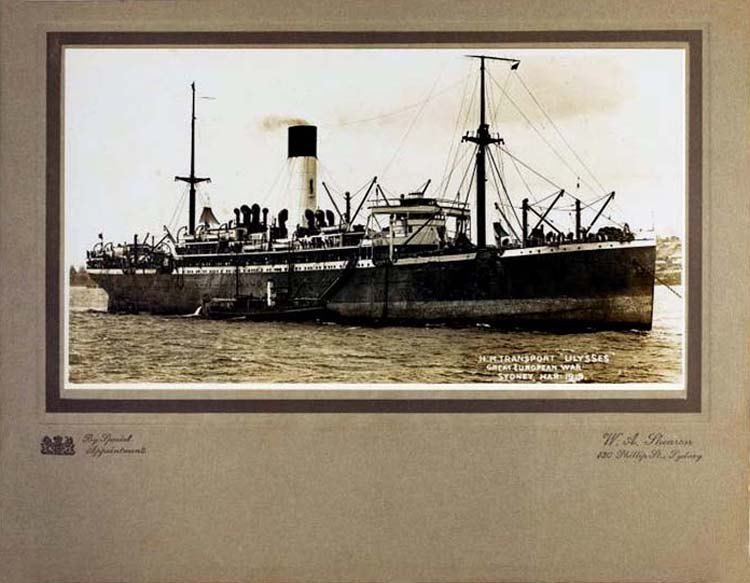
H.M.A.T. Ulysses
(A38), is seen in faded camouflage on
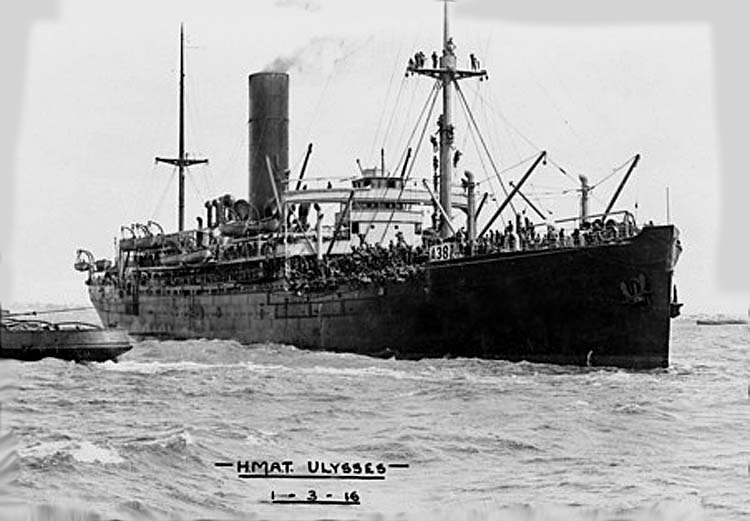
She is seen here
laden with Australian soldiers arriving at Fremantle on Wednesday March 1, 1916
on her way to
Note that like the
“Nestor” her funnel was now also grey
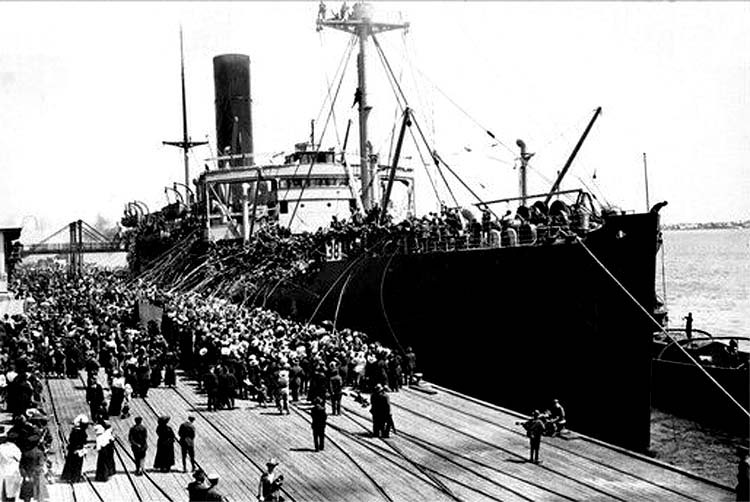
H.M.A.T. Ulysses
(A38) ready to depart
On August 15, 1917 management of the
“Ulysses” was passed over to the British Admiralty and she was then
used to transfer American troops across the
Back to her Civil Duties:
In September 1920 T.S.S. Ulysses resumed her commercial duties now sailing from Liverpool, London, Southampton, Tenerife or Las Palmas, Cape Town, Durban, Fremantle, Albany, Adelaide, Melbourne, Sydney to Brisbane and much the same on her return voyage to Liverpool.
In 1926 during a refit her passenger accommodation was reduced to 250 First Class and this happened again in 1936 when it was reduced once more to just 175 First Class.
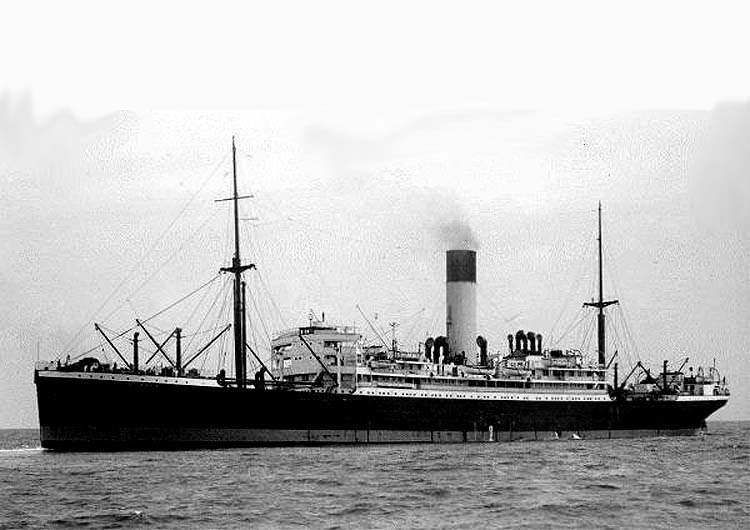
She is seen here at sea after her passenger number change, thus she now has 10 lifeboats
World War 2:
The Hong Kong & Singapore Incidents:
In 1941 the “Ulysses” was in
In the meantime, all those in Hong Kong
realised there was a huge threat of a Japanese invasion since
On the evening of 6th December, the officers
and crews of the merchantmen in harbour were recalled to their ships, and the
passengers for the “Ulysses” told to be onboard within 12
hours. The Ulysses sailed that fateful Sunday, while the Japanese
were preparing to attack the American fleet at
The “Ulysses” finally arrived at
Off to
Just before Christmas the
“Ulysses” departed
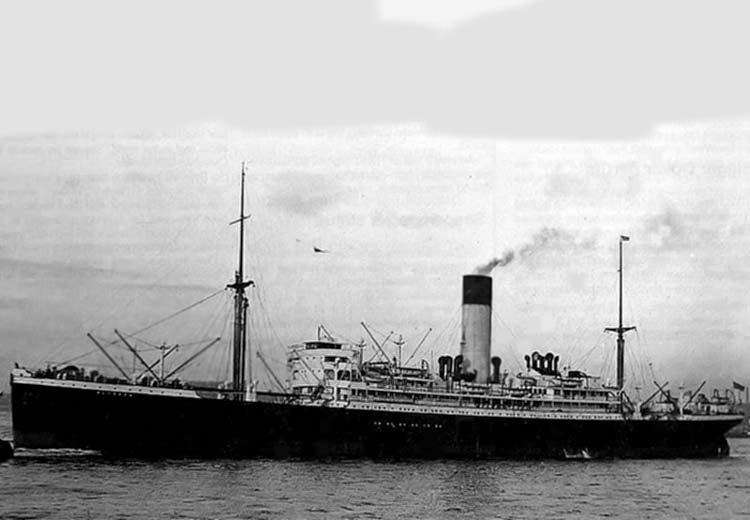
Another view of the “Ulysses”
As the Ulysses steamed up the coast
of
The Fate of the T.S.S. Ulysses:
But finally on April 11, Ulysses’ luck had finally ran out for at 22.31 hours the unescorted H.M.S. Ulysses with her Captain now being James Appleton Russell, the “Ulysses” was suddenly hit in the stern by a single stern torpedo from the German U-160, some 45 miles south of Cape Hatteras, North Carolina. Then another in the engine room by a torpedo at 22.53 hours.
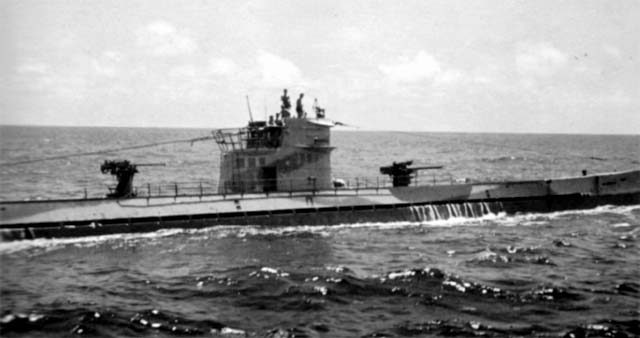
The German U-Boat - U-160
With torpedoes having hit the ship, but she settled slowly giving sufficient time for her life boats to be lowered and her crew of 195, which included the five gunners, and her 95 passengers were all safely in lifeboats
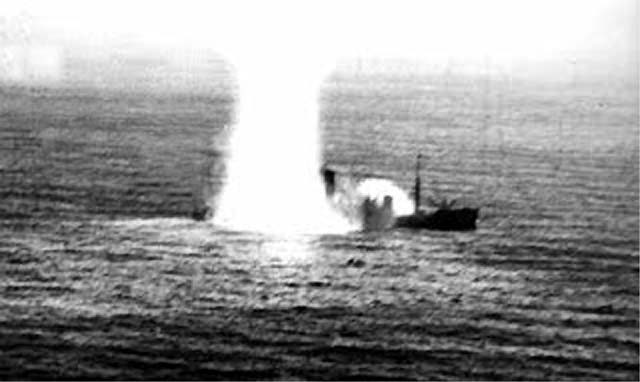
The above image shows the H.M.S.
Ulysses boilers blowing up not long before she sank. This photo was taken
by a
Even though all had already abandoned ship, the U-boat came around to the other side after their last torpedo had been fired at 23.27 hours, but then the U-160 fired a third torpedo hitting her directly amidships and caused the “Ulysses” to sink within 30 minutes.
All the survivors were landed in
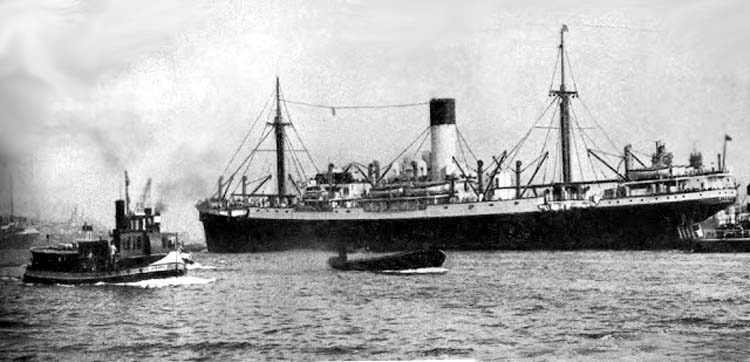
S.S. Myrmidon
From what I have been told by a reliable source, that it was … “the Captain who had disobeyed an order, which would have taken her through safe waters”.
*********************
Name: T.S.S. Ulysses.
. H.M.A.T. Ulysses (A38) - WW1 & WW2.
Type: Passenger-Cargo Ship.
Owner: “Ocean Steam Ship Company, Ltd.”
Managed by: “Blue Funnel Line.”
Registered:
Official No: 135509.
Call Sign: GQBZ.
Shipbuilder: “Workman
Clark”,
Yard: 319.
Launched: July 5, 1913.
Maiden Voyage: October 22, 1913.
Tonnage: 14,499, 9,123 NET.
Length: 563.2 Ft
Breadth: 68.4 Ft
Depth: 40.2 Ft
Engine Type: Triple-expansion Steam
Engine
Engine Details: Two engines each with
cylinders of bore 26”, 44”, 74" and stroke 51’ - by
Workman Clark.
Propellers: Twin Screw
Speed: 13.5 knots, 14 knots maximum.
Passenger Decks: 3.
Accommodations: 350 First Class passengers.
. 1926 - 250 passengers.
. 1936 - 175 passengers.
. 1940 - 250 passengers.
Crew: 190.
Fate: Torpedoed
and sunk by U-160 on April 11, 1942.
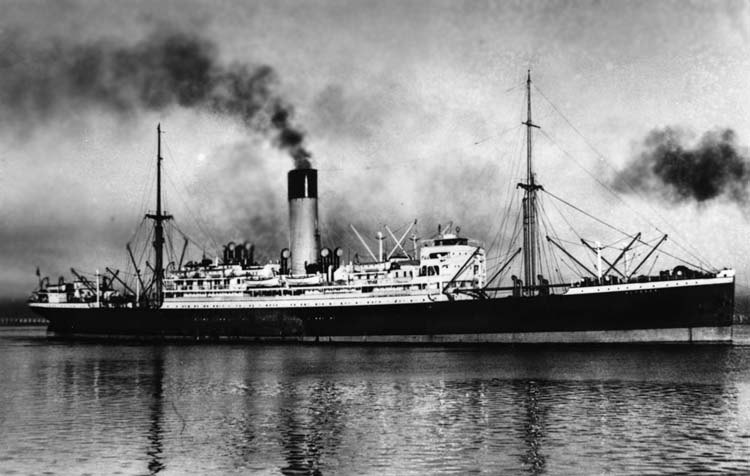
The T.S.S. Ulysses
a starboard view in 1924
*********************
I watched them come, I watched
them go and I watched them die.”
Featuring over 1,365
Classic Passenger Liners, Passenger-Cargo Liners & Classic Cruise Ships!
Or ENTER HERE
For interest: Sadly an email service to ssMaritime is no
longer available, due to the author’s old age and chronic illness as well
as being disabled, etc. In the past ssMaritime received well over 120 emails
per day, but
*********************
ssMaritime.com & ssMaritime.net
The Author has been in Passenger Shipping
& the Cruise Industry for well over 60 years
In addition he was the founder of
“Save the Classic Liners Campaign” in 1990.
Please Note: ssmaritime and associated sites are 100% non-commercial and the
author seeks no funding or favours of any
shape or form, never have and never will!
Photographs on ssmaritime and associate pages are by; the author or from the author’s private collection. In
addition there are some images that have been provided by Shipping Companies
and private photographers or collectors. Credit is given to all contributors.
However, there are some photographs provided to me without details regarding
the photographer/owner concerned.
This notice covers all pages; although, and I have done my best to ensure that all photographs
are duly credited and that this notice is displaced on each page, that is, when
a page is updated!
ssMaritime is owned
& © Copyright by

